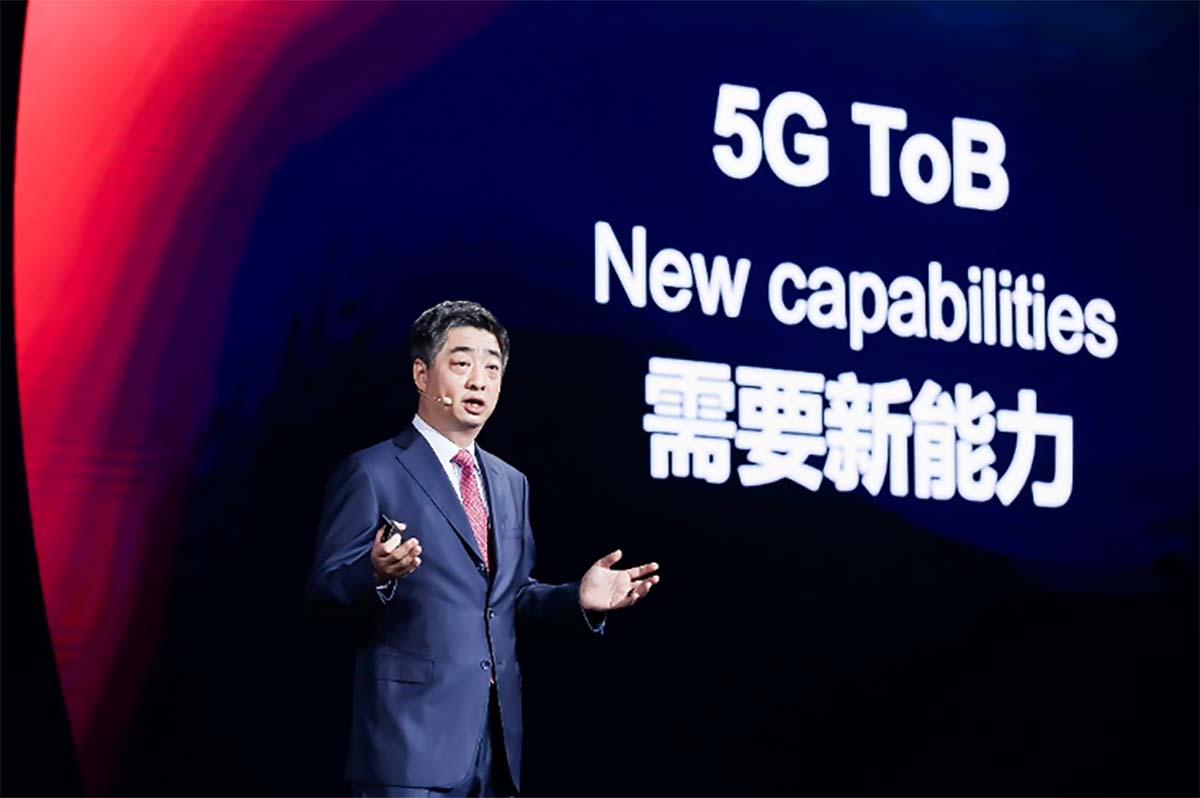At the 11th Annual Global Mobile Broadband Forum, Huawei’s Deputy Chairman, Ken Hu spoke with leaders in the telecoms and digital technology sectors about the new value that 5G can bring to different industries around the globe.
“There’s no out-of-the-box approach to innovation,” said Hu on the topic of accelerating 5G application in industrial settings. We’ve got to focus on real needs in real scenarios – and build up the capabilities to meet those needs. This is a challenge. But more importantly, it’s a huge opportunity for everyone involved.”
– Ken Hu, Huawei Deputy Chairman
In China there are over 600,000 base stations deployed in more than 300 cities, supporting more than 160 million 5G connections across the country. Offering insanely fast speeds, 5G services have been implemented in more than 20 domestic industries including healthcare, manufacturing, ports, mining, steel, and power grids.
First, the industry needs to identify real needs based on specific business scenarios
While many industries have shown that they are ready and willing to embrace 5G, there’s a need to establish a concrete set of criteria for specific scenarios and assess whether or not 5G is the right tool for the job.
- Technical relevance
- Business potential
- Value chain maturity
- Standardization
Second, networks need to adapt to different scenarios
Networks are the foundation of competitive 5G services, so network equipment, together with network planning, construction, maintenance, and optimization must be able to meet the requirements of an incredibly diverse range of industrial use cases.
This requires both vendors and operators to work together and keep innovating on an in-depth insight into industrial challenges.
Third, a thriving industrial 5G device ecosystem is key
Huawei estimates that the average price of 5G modules will level out at around US$100 by the end of 2020, and hit US$40 by the end of 2022. This will greatly enrich the 5G device ecosystem.
Fourth, telecoms operators need to develop new capabilities to serve business-facing 5G markets
Even as a critical element in digital transformation, 5G technology isn’t a full solution in and of itself. As such, telecom service providers need to build a range of adjacent capabilities in areas like cloud operations, industry application development, and end-to-end system integration. At the moment, there’s a noticeable lack of comprehensive solutions to meet these needs in the enterprise market.
Telecom operators are in a good position to provide these services. By focusing on connectivity, they can solidify their position as a connection provider in markets where existing network solutions are no longer sufficient. If they focus on developing cloud and integration capabilities on top of that, operators can then provide a combination of connectivity, cloud, and integration services. Different roles have different capability requirements, and Huawei has doubled down on its commitment to helping carriers transform their portfolios as needed.
“5G will create increasingly greater value for industries over the next decade,” said Hu in closing. “This means another period of rapid development for the telecoms industry. Moving forward, we will have to overcome a number of difficulties, and every step forward requires change. But I firmly believe that the hardest things are the things worth doing most. Because when you succeed, the results are incredible. We are ready and willing to work with operators, our enterprise customers, and industry partners to push the boundaries of innovation and build a better future for everyone.”
At the 2020 Global Mobile Broadband Forum, Huawei shared insights into global industry trends and hot topics with carriers, regulators, partners, and media analysts from around the world.
They explored how innovation in ICT technologies such as 5G and AI can be mutually beneficial to industries and society at large. For more information, click here.
Emman has been writing technical and feature articles since 2010. Prior to this, he became one of the instructors at Asia Pacific College in 2008, and eventually landed a job as Business Analyst and Technical Writer at Integrated Open Source Solutions for almost 3 years.






